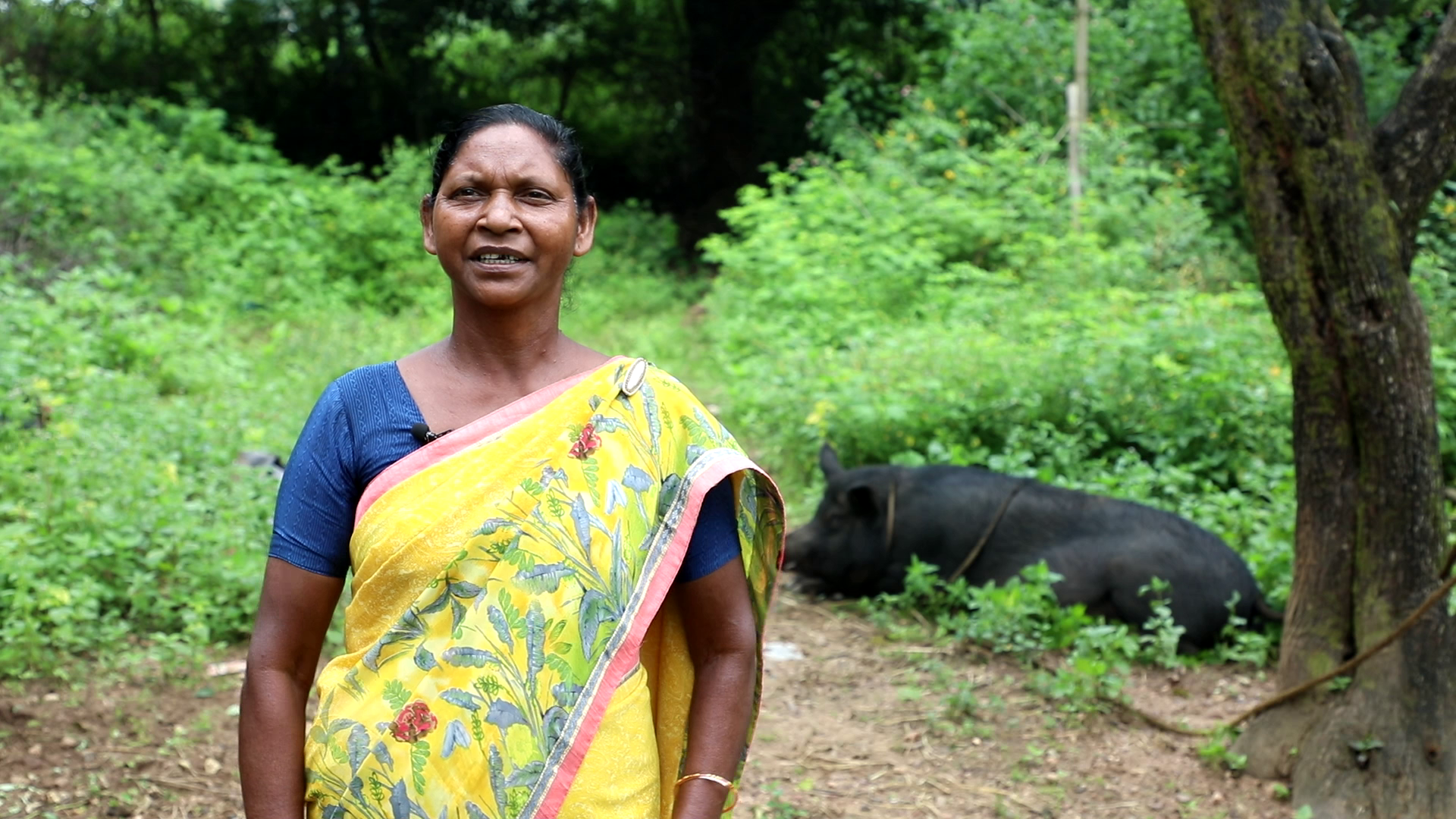“Mota Paisa Issi Mein Hai”
Pig Farming Helps Bring Big Income To Small Farmers
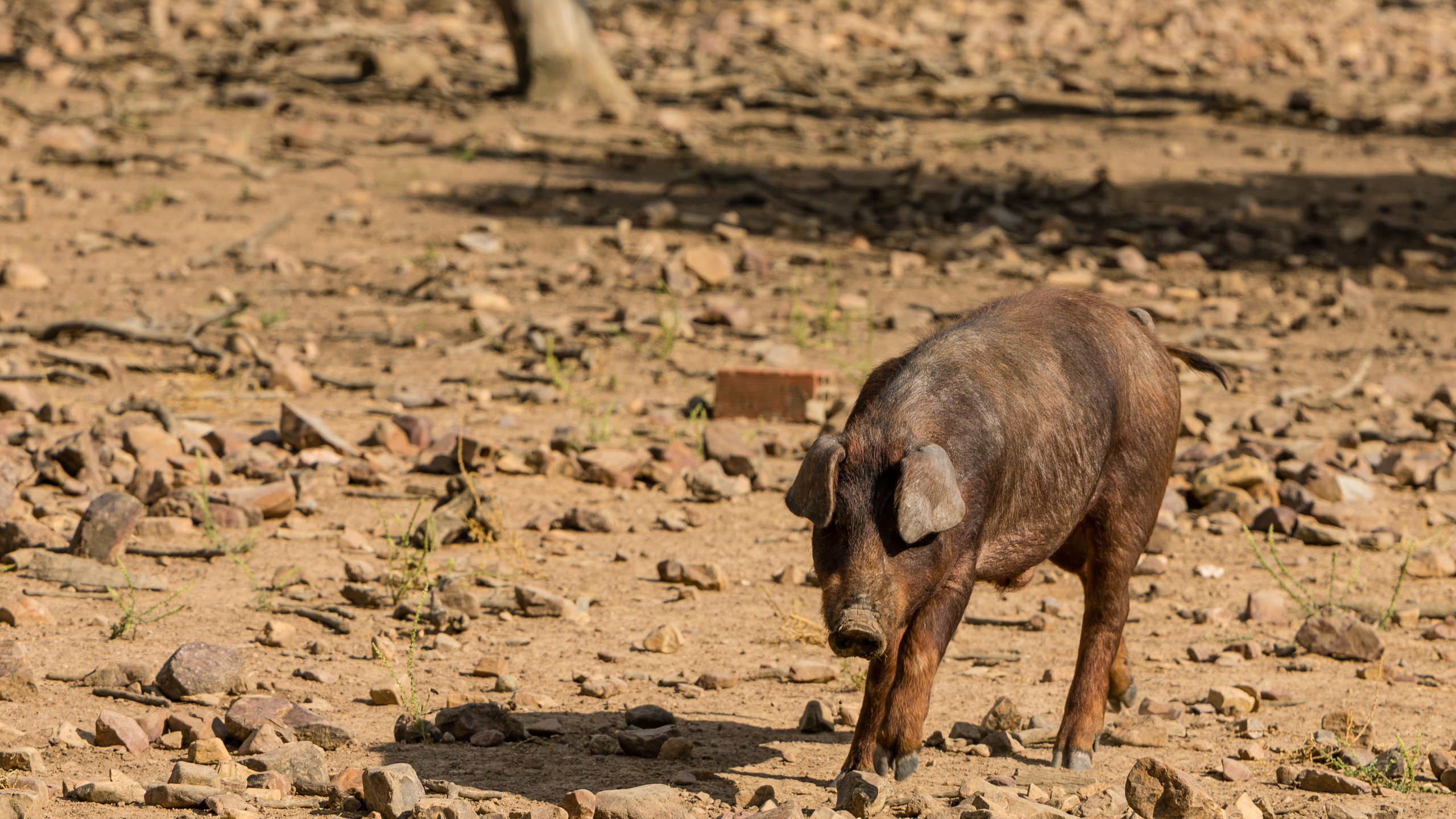
Pig farming is considered an integral part of life amongst the tribal population in Jharkhand, and many households practice backyard piggery with one or two pigs. Bahamani Purty, 45, lives in Otongora village, in Khunti, Jharkhand with her husband Marshall, and had been rearing pigs for a few years.
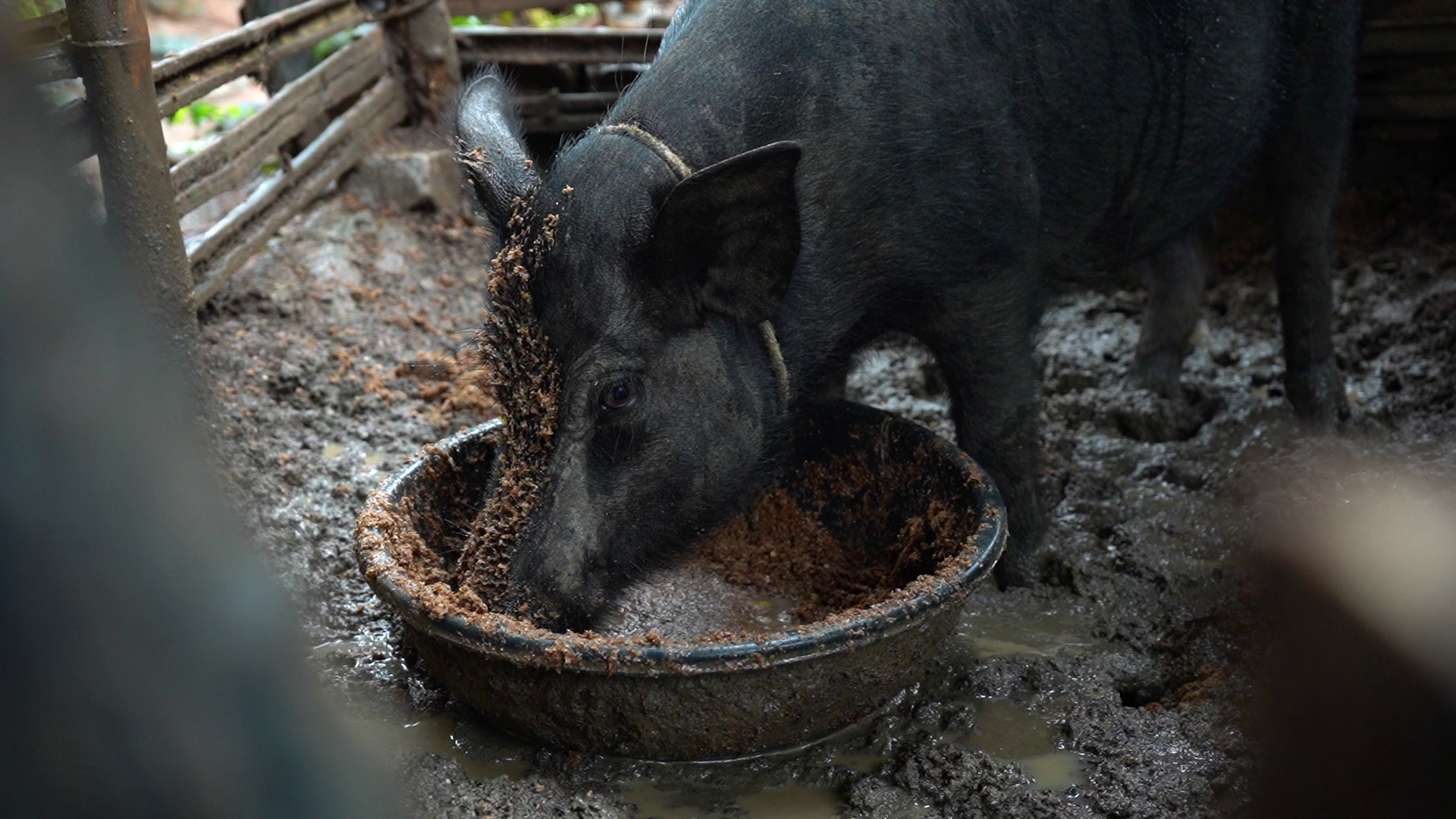
Bahamani Purty and her husband Marshall have been rearing pigs for a few years now
Bahamani Purty and her husband Marshall have been rearing pigs for a few years now
“I have been doing it for years, but it is very unpredictable. With pigs, if one dies, others die in a short time. This happened to us in 2018. We had 3 pigs, and all of them died. We don’t know why. In our neighbouring house, 7-8 pigs died in a matter of days. Poori mehnat, poori poonji doob jaati hai aise (All the hard work, all the investment sinks),” she says.
In 2019, while attending a gram sabha meeting, Purty learnt that pig rearing was being promoted as an intervention under Axis Bank Foundation’s Sustainable Livelihoods Programme. Contributing Rs 500 towards the same, she received 2 piglets under the initiative, and started rearing them again, after having lost her previous litter to an unknown disease.
“Our family has 9 acres of land, but only one acre is fertile lowland, where agriculture is viable,” she says. "We cultivate paddy for consumption at home in one acre of land, and rear poultry, goats and pigs for additional income,” she adds.
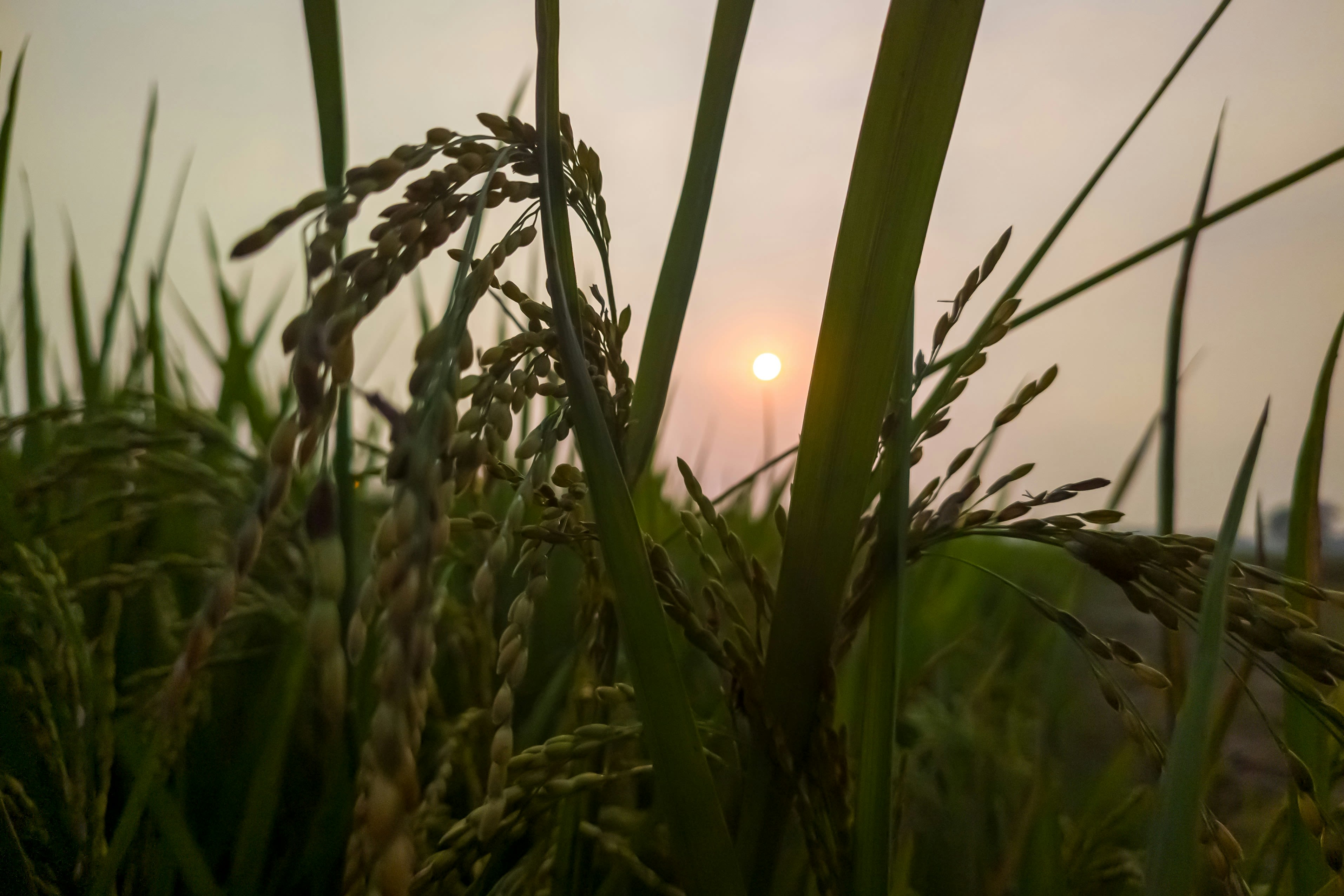
Families in these parts also rely on backyard systems as they need minimum inputs and ensure nutritional and financial security to the family. For example, the particular breed of pig that Purty raises, feeds on household waste from vegetables and rice and gains weight, drastically reducing fodder costs.
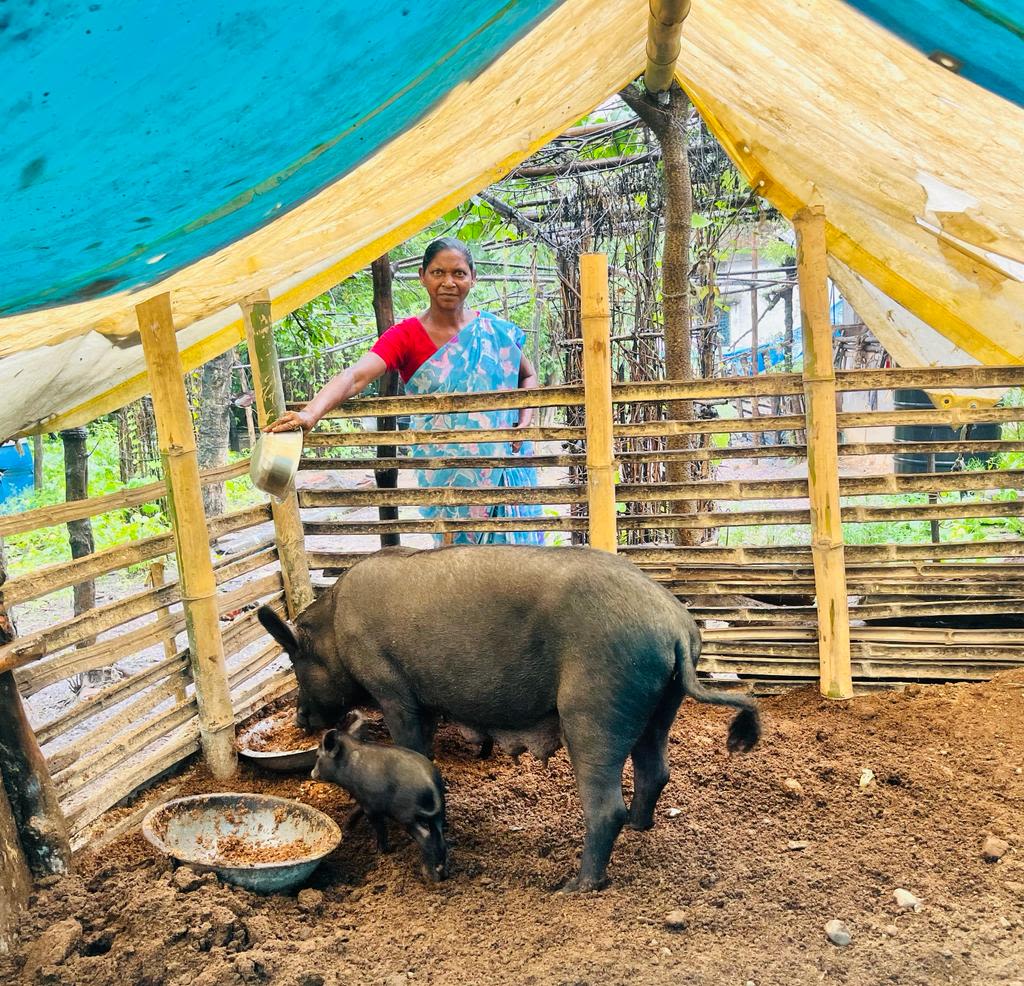
Purty in her backyard near the pig shelter
Purty in her backyard near the pig shelter
“Pigs also do not require as much supervision, as say goats or chickens. They are also intelligent creatures; more obedient than dogs. And, surprisingly, they keep their surroundings quite clean. The best part is that there is a huge market for pigs in Jharkhand, and pig meat is in high demand especially during festivals, which is when I mostly prefer selling them,” Purty says.
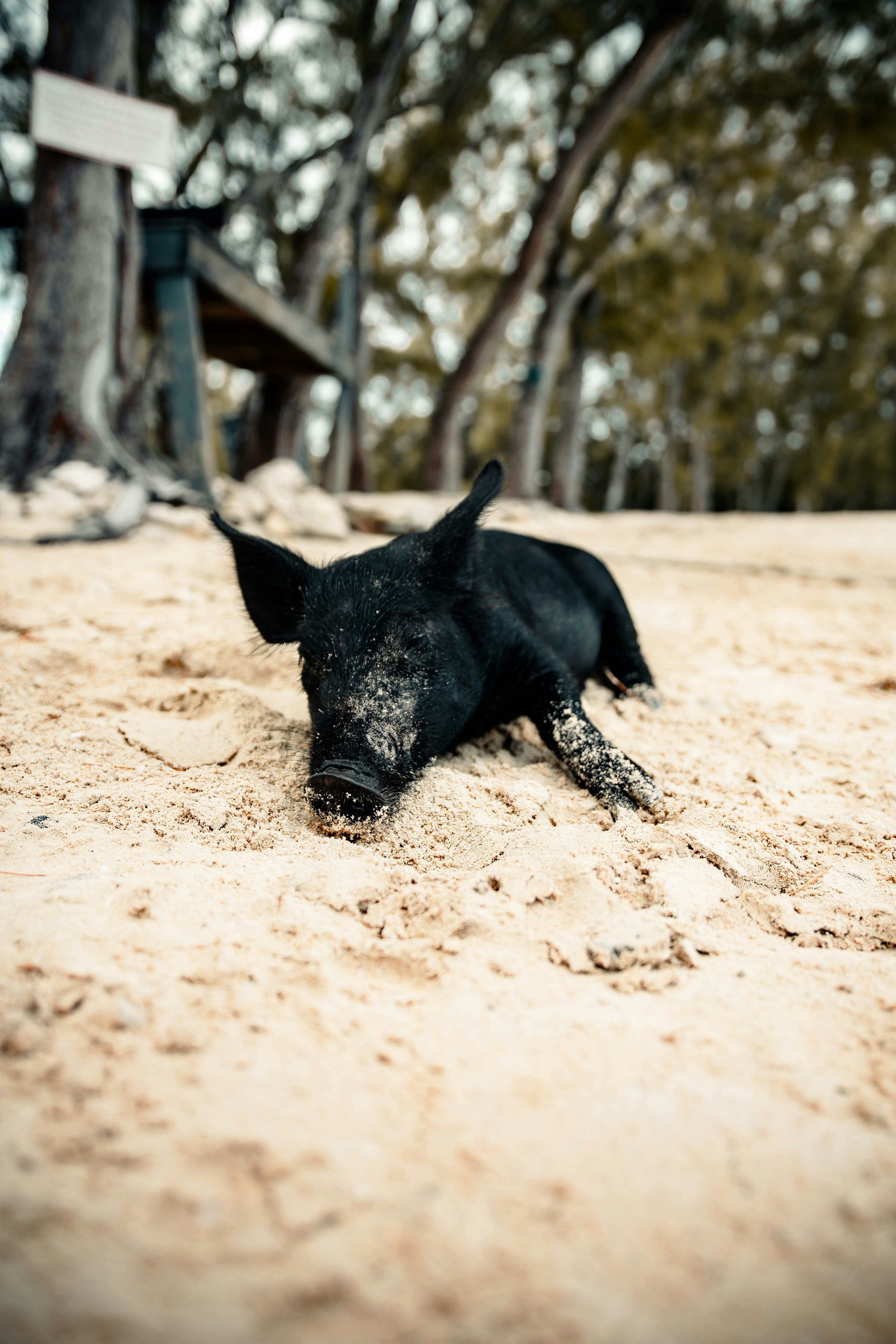
Photo by Colin Lloyd on Unsplash
Photo by Colin Lloyd on Unsplash
They also come in handy as a source of immediate cash in case of emergencies. “In 2021, I met with an accident, and my right arm was broken. The doctors had to insert a rod in my arm. Around that time, we sold 12 piglets and a female pig for Rs 60,000 and paid the doctors through that money,” she says.
“We could have gone to the bank or the moneylenders, but they usually charge a higher interest. Mota paisa naukri ya kheti se nai, bas suar palan se milta hai (Not a job, not agriculture, the big money is only in pig rearing),” she adds.

In addition to the buffer that pig rearing provides during emergencies or events like marriages, the income earned is also helping Purty send her daughter to a private school in Khunti, and bear her hostel expenses.
She now plans to buy more piglets in order to boost family income. “I have just 4 pigs now, but I plan on rearing more. Bhavishya ka insurance hai suar ( Pigs are life insurance),” she says.
To invest with WOTR for its initiatives to mobilise communities and develop sustainable livelihood aletrnatives, write to Madhavi Kadrekar at info@wotr.org.
